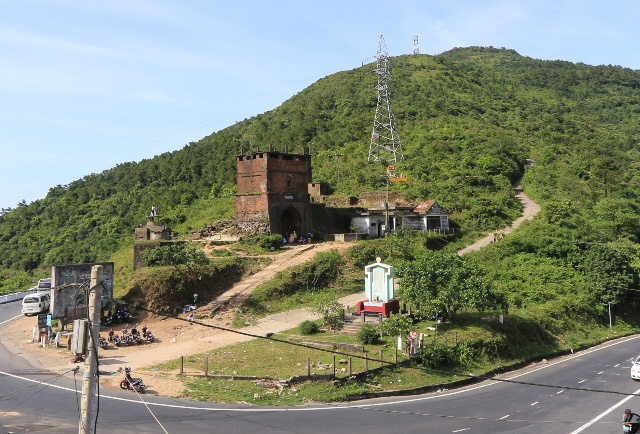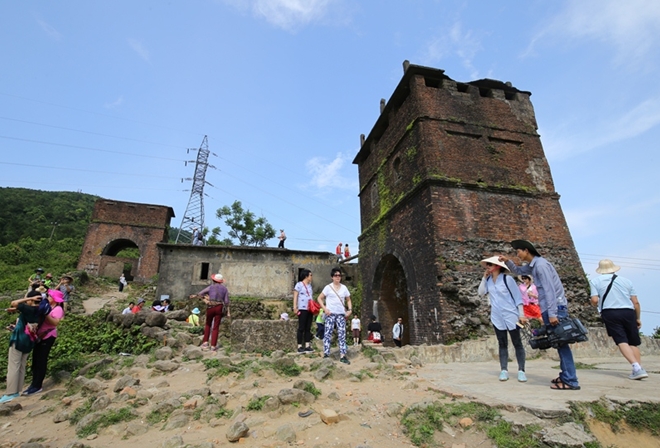Da Nang and Thua Thien Hue join hands to restore Hai Van Gate national relic site
PSNews - The project has a total funding of about 42.33 trillion VND (US$ 1.82 billion). It will be carried out by Thua Thien-Hue province and Da Nang city from 2019 to 2020.
- Leader calls on whole society to support disadvantaged
- Vietnam Red Cross Society offers urgent aid to disaster-hit locals in Khanh Hoa
- Developing the financial infrastructure for a cashless society
On April 23, the Thua Thien Hue Provincial People's Committee and the Da Nang Municipal People's Committee have signed a memorandum of understanding on preserving the Hai Van Quan (Hai Van Gate) national relic site.
Accordingly, the project has a total funding of about 42.33 trillion VND (US$ 1.82 billion). It will be carried out by Thua Thien-Hue province and Da Nang city from 2019 to 2020.
 |
The People’s Committee of Thua Thien-Hue will be responsible for granting investment licence, approving the project’s content and directing relevant units to implement the project during this year.
Hai Van Gate, which sits atop its namesake mountain pass in central Vietnam, separating Da Nang city and Thua Thien-Hue province, has been recognised as a national relic by the Ministry of Culture, Sports and Tourism in April 2017.
Located 490m above sea level, Hai Van Gate is a relic with profound historical, architectural and artistic value, connecting Da Nang’s Lien Chieu district with Thua Thien-Hue’s Phu Loc district. The Hai Van Pass runs some 21km on the Bach Ma Range, which juts into the East Sea in central Vietnam.
 |
The relic complex was built in 1826 under the rule of the Nguyen dynasty’s Emperor Minh Mang (1791-1841), who ordered the construction of multiple defensive structures on Hai Van Pass to protect the then-capital of imperial Vietnam in Hue. The structures included fortifications, store houses and cannon forts.
According to historical records, after building the complex, Emperor Minh Mang inscribed its name in Vietnamese - “Hai Van Quan” (Hai Van Gate) - on one side of the gate facing Hue Imperial Citadel, and the words “Thien ha de nhat hung quan” (the world’s most marvelous wonder) on the other side facing Da Nang.
The Gate has grown to become a popular attraction among tourists as it offers stunning views of the surrounding water bodies and landscape.
Earlier in 2018, archaeologists have discovered many important vestiges in Hai Van Gate. The team of archaeologists dug 2 meters underground within the area of 100sqm near the foot of Hai Van Gate. Then, they uncovered stone steps and a part of North - South road that were thought from Minh Mang King's reign.
Director of the Hue Monuments Conservation Center Phan Thanh Hai announced that this excavation was aimed at discovering the traces of ancient wall, steps and defensive post of Hai Van Gate, contributing to researching and providing overall restoration plan for this relic.

